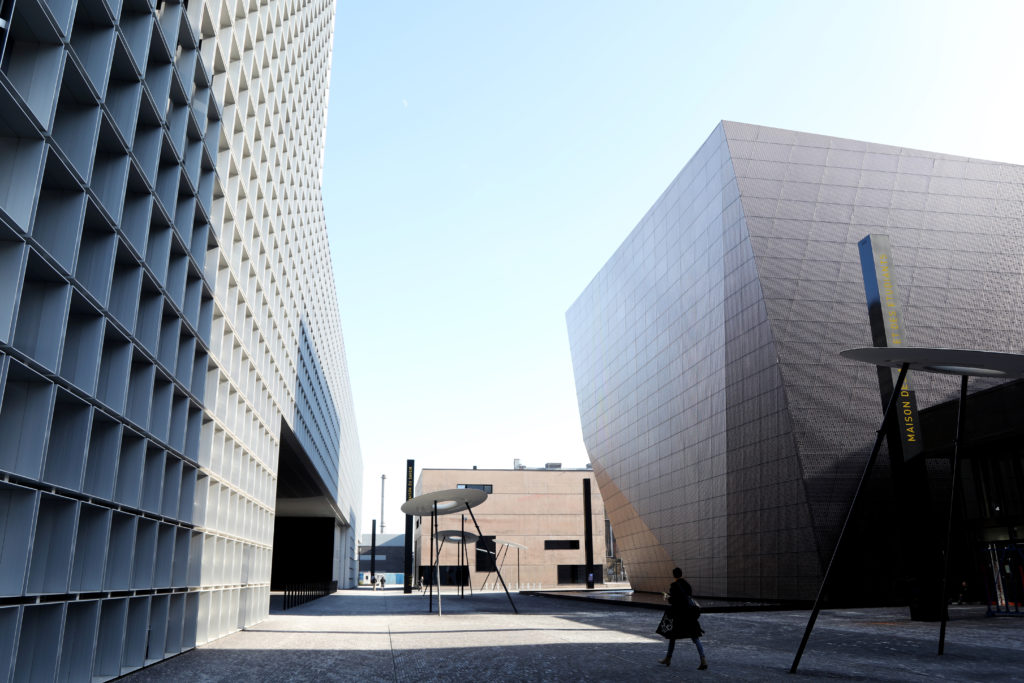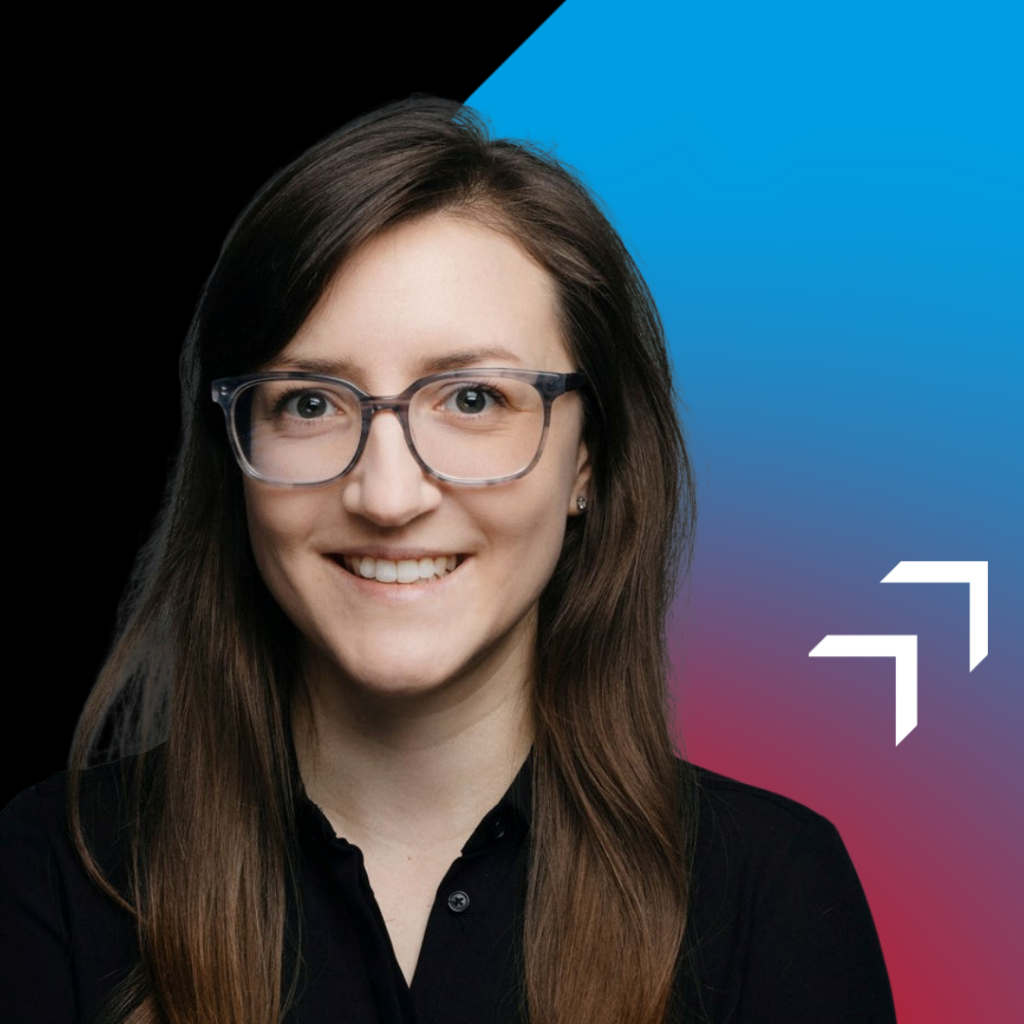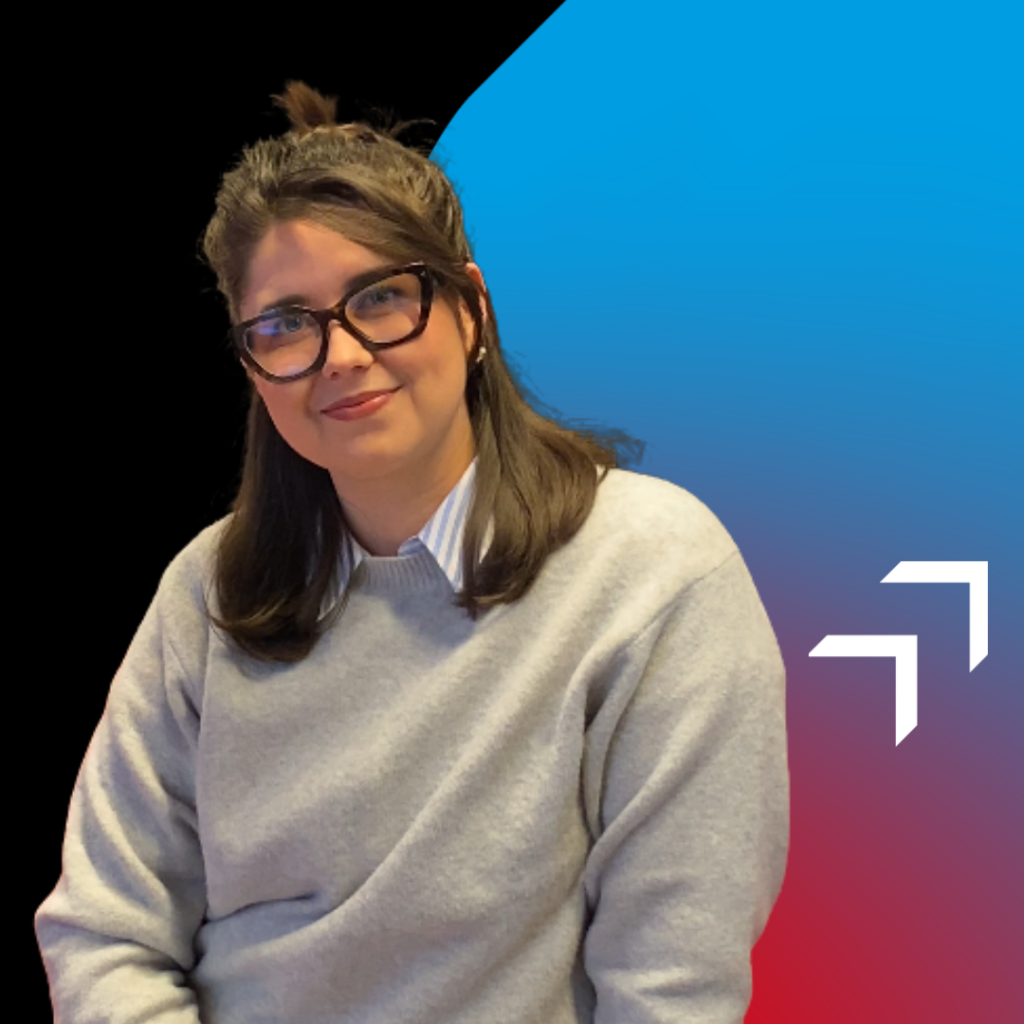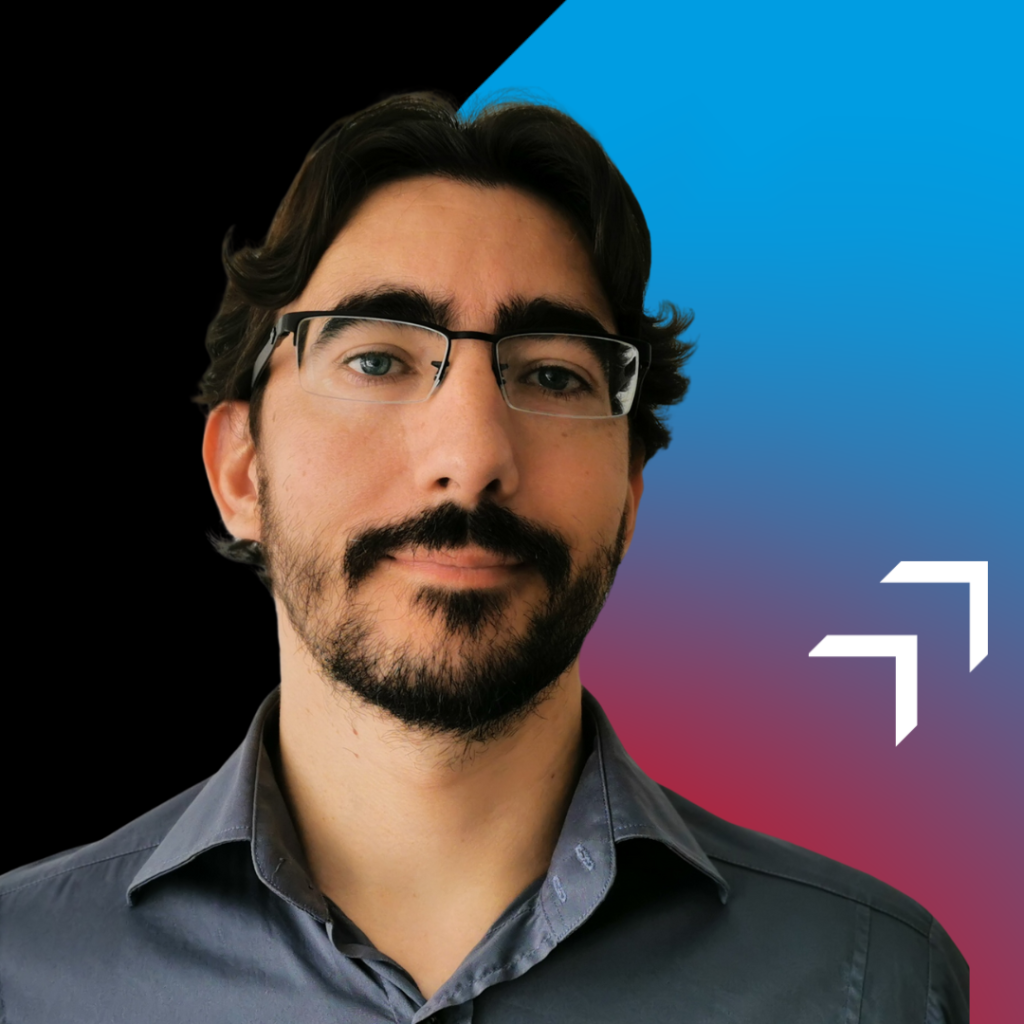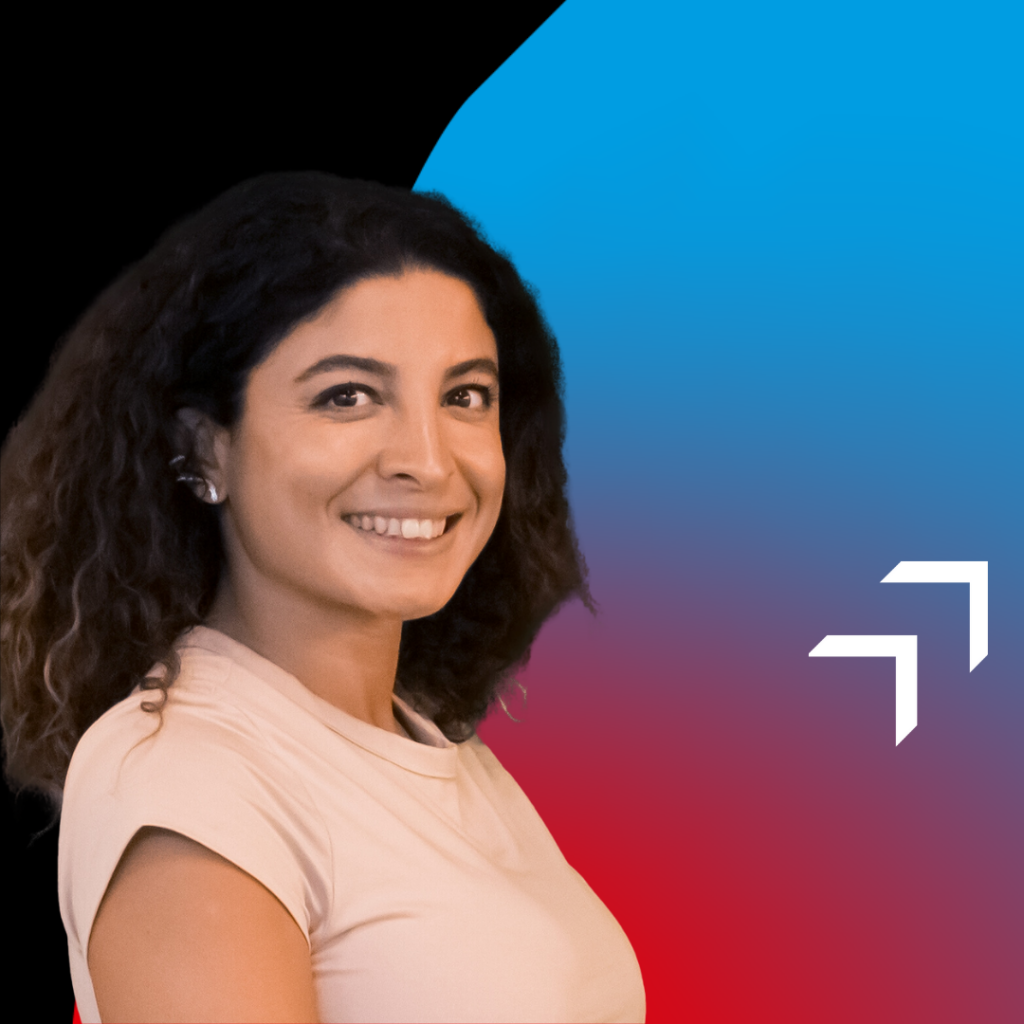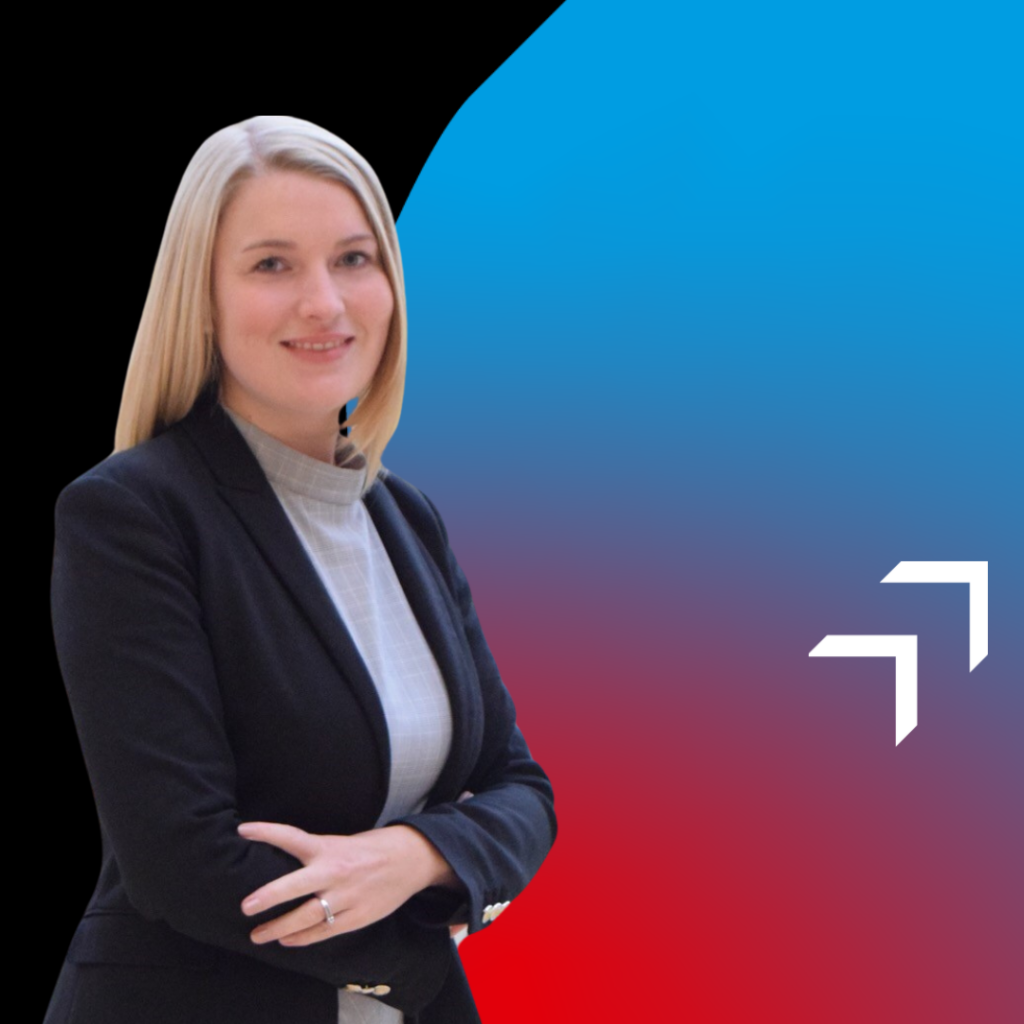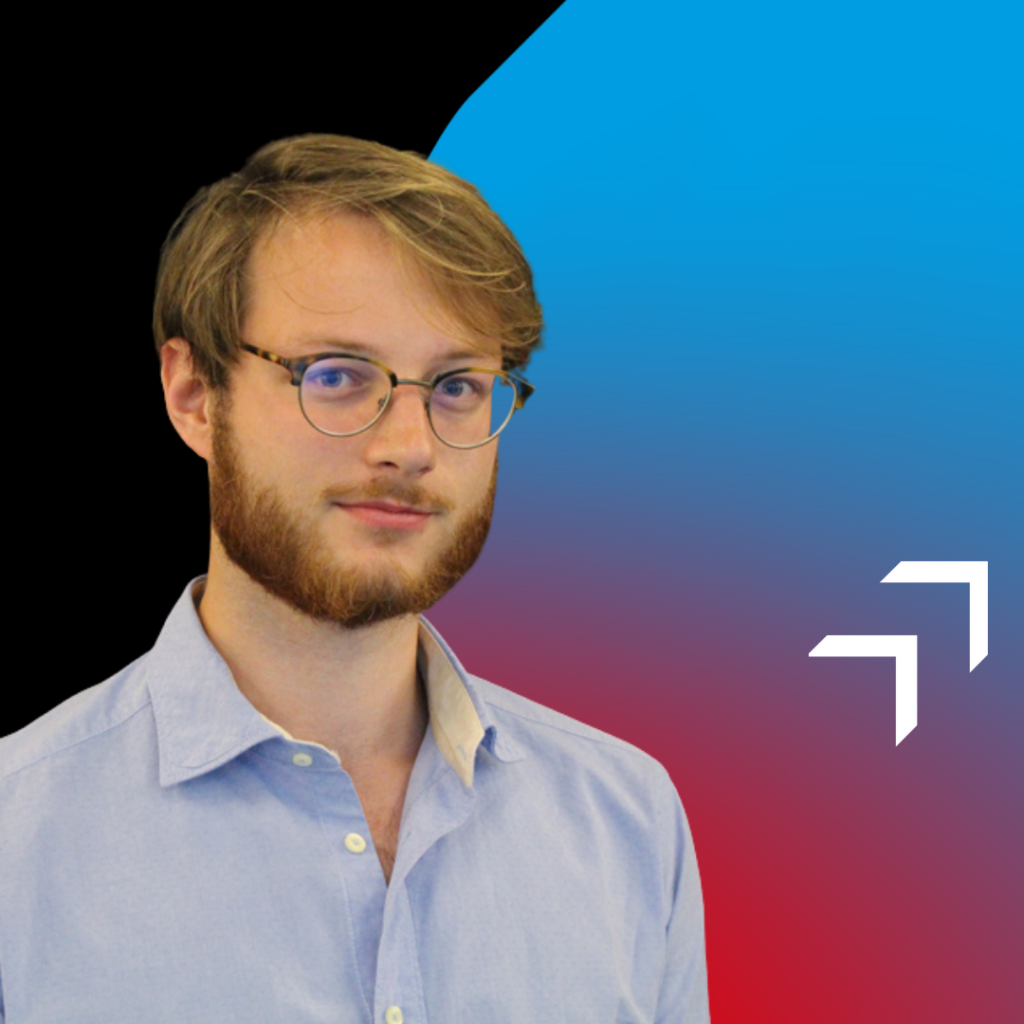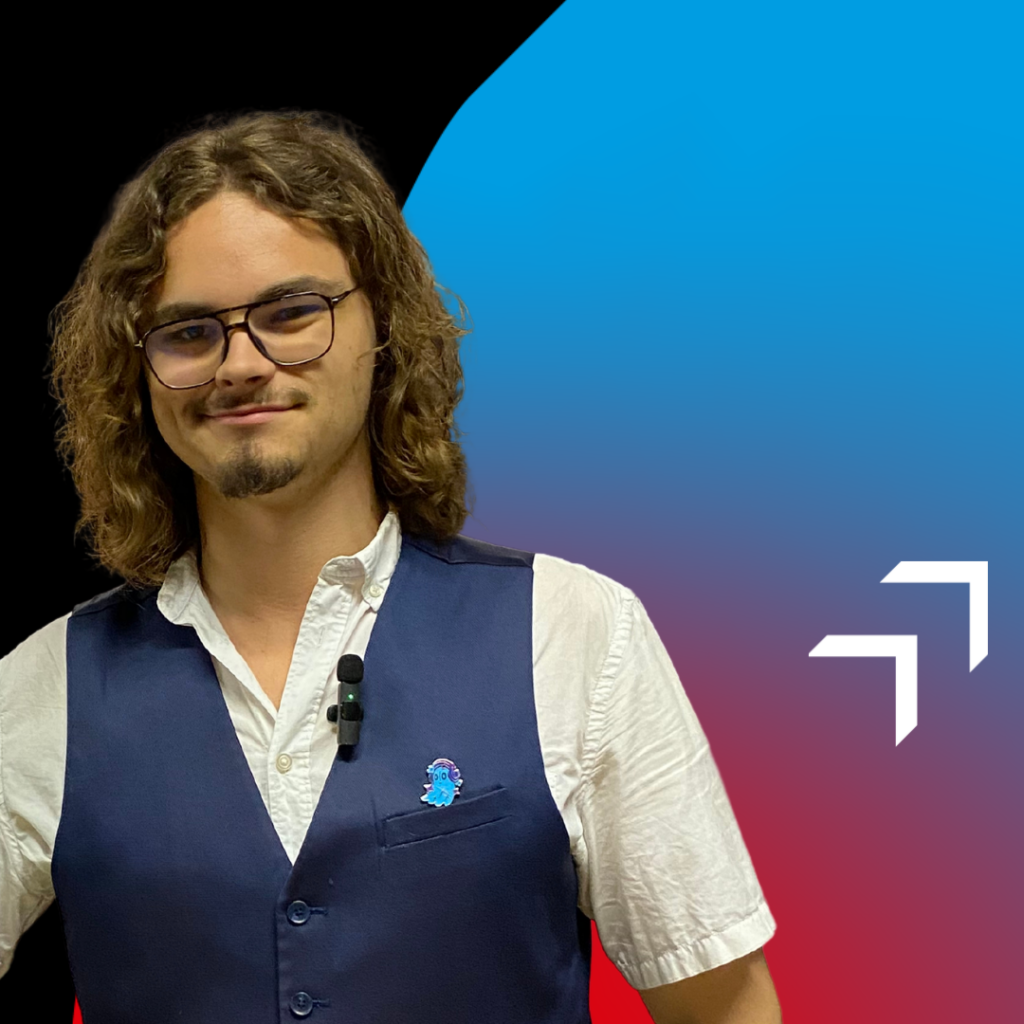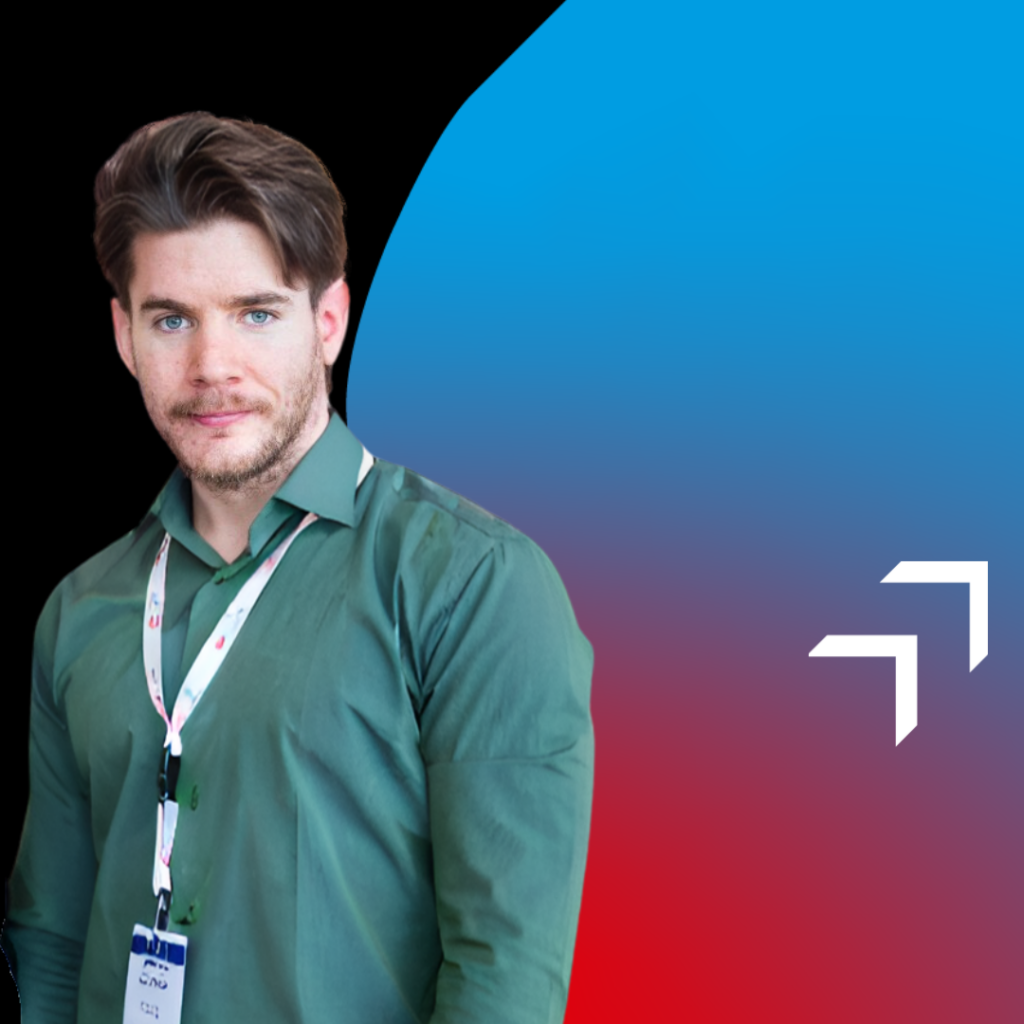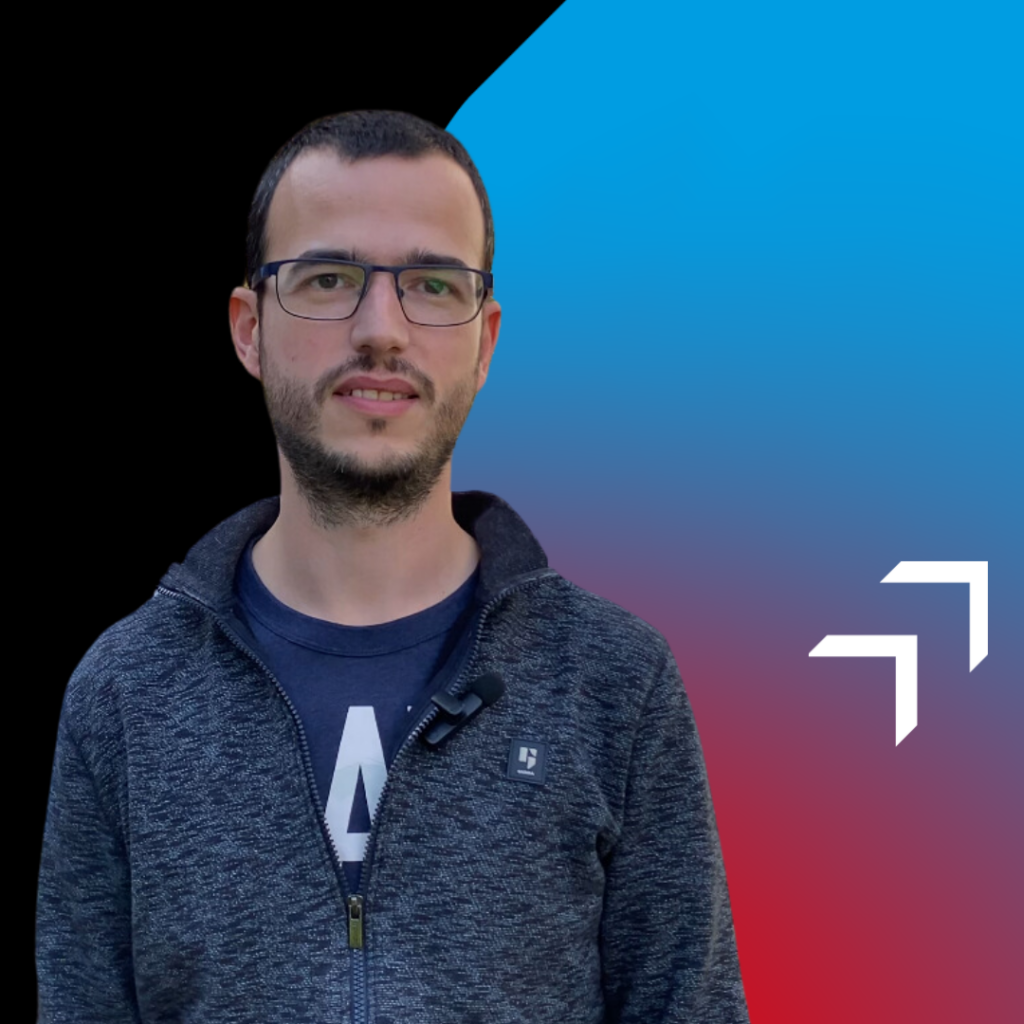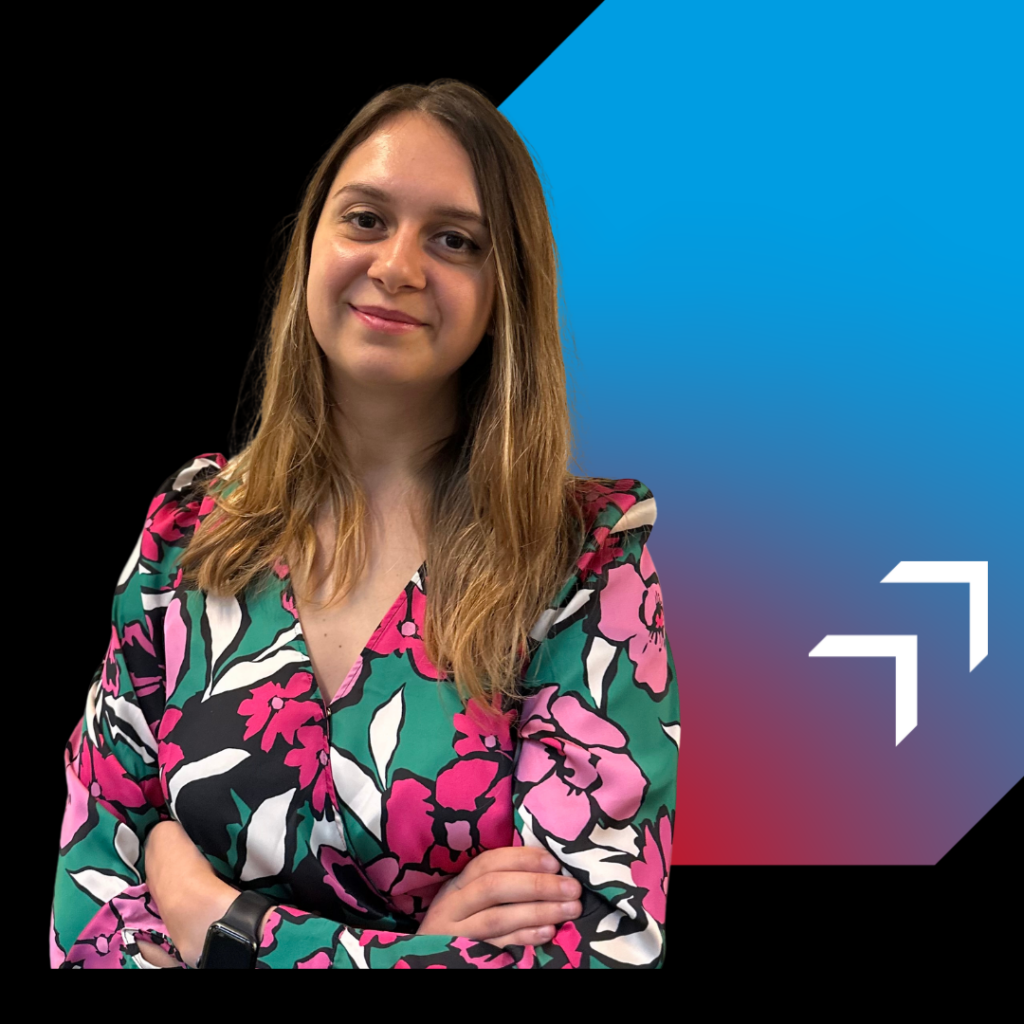In conversation with our young researchers: Johannes Laur
30 September 2022
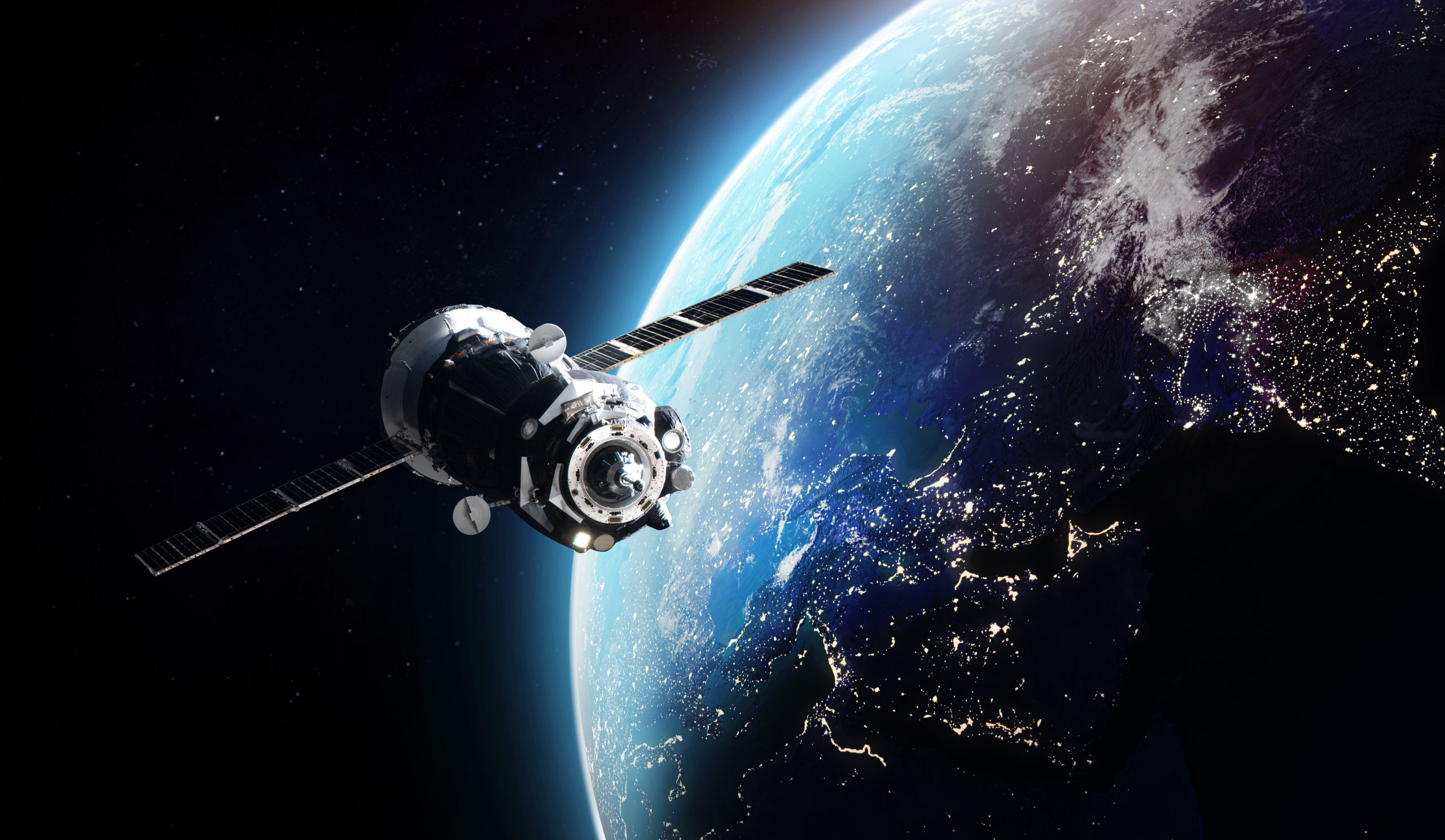
Space journey
Atmospheric re-entry is the last part of a space journey and provokes radio communication blackout. Researcher Luxembourg scientists are working on plasma physics to avoid the loss of signals.
How can we mitigate or prevent the loss of radio communication during spacecrafts atmospheric re-entries?
Joannes Sebastian Laur is a second year PhD candidate in the Space Systems Engineering Research Group (SpaSys) at the Interdisciplinary Centre for Security, Reliability and Trust (SnT) of the University of Luxembourg. Specialized in space propulsion, re-entry technologies and human space flight, he is working on the state of matter called plasma in which there is a radio signals’ blackout during space returns to earth.
Creating a “magnetic window”
Spacecrafts in low earth orbit, like Dragon or Soyuz capsules when they are docking at ISS, have velocities of around 8 km per second or 25 times the speed of sound. These crew capsules need to perform an atmospheric re-entry to bring back home the astronauts. Because of these high velocities a bow shock is established when the atmosphere is getting thicker during the re-entry. The thickening atmosphere and the bow shock causes friction which heats up the air molecules up to temperatures twice the sun’s surface. At such high velocities some air molecules lose their electrons. This state of matter is called plasma. Plasma contains molecules, atoms, ions and free electron. Those free electron interact with electromagnetic waves like radio waves and disturb or totally block radio frequency waves.
In his PhD, Johannes Laur is further developing the ray tracing code BORAT (Black Out RAy Tracer), which was originally developed by his supervisor Jan Thoemel. This code can predict the antenna radiation path in the plasma around a spacecraft during atmospheric re-entries. It could also be adopted to any flying object.
Within MEESST (Magnetohydrodynamic Enhanced Entry Systems for Space Transportation) – a Horizon 2020 funded project – Johannes and his consortium are trying to manipulate the plasma with a very strong superconducting magnet to create a so called “magnetic window” through which the radio signals can escape.
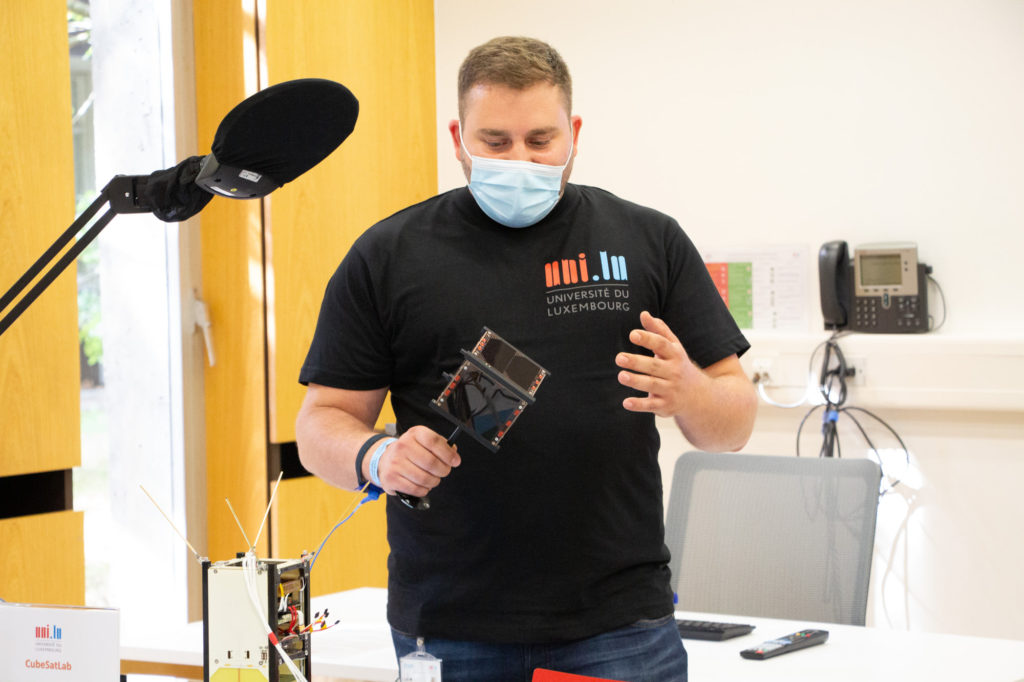
The outcome of my research can improve predictability of space mining missions when atmospheric re-entries are required by enabling constant radio communication to telemetry and data satellites and ground stations. It can also save lives for example when Astronauts come back home from space by ensuring a constant radio communication to ground. An additional use case can be hypersonic cruising vehicles (planes) to ensure communication to tracking satellites (GPS, Galileo) and communication to ground stations.
Johannes Laur
Aerospace Engineering since childhood
Johannes knew from the beginning that I wanted to study Aerospace Engineering. He also thought it would be a great idea to have a broader knowledge, so he decided to begin his higher education path with a bachelor’s in Mechanical Engineering at the Karlsruhe Institute of Technology (KIT). For his master’s in Aerospace Engineering, I chose the University of Stuttgart because of its close relation to the German Centre for Aerospace (DLR) and the expertise in space propulsion and re-entry.
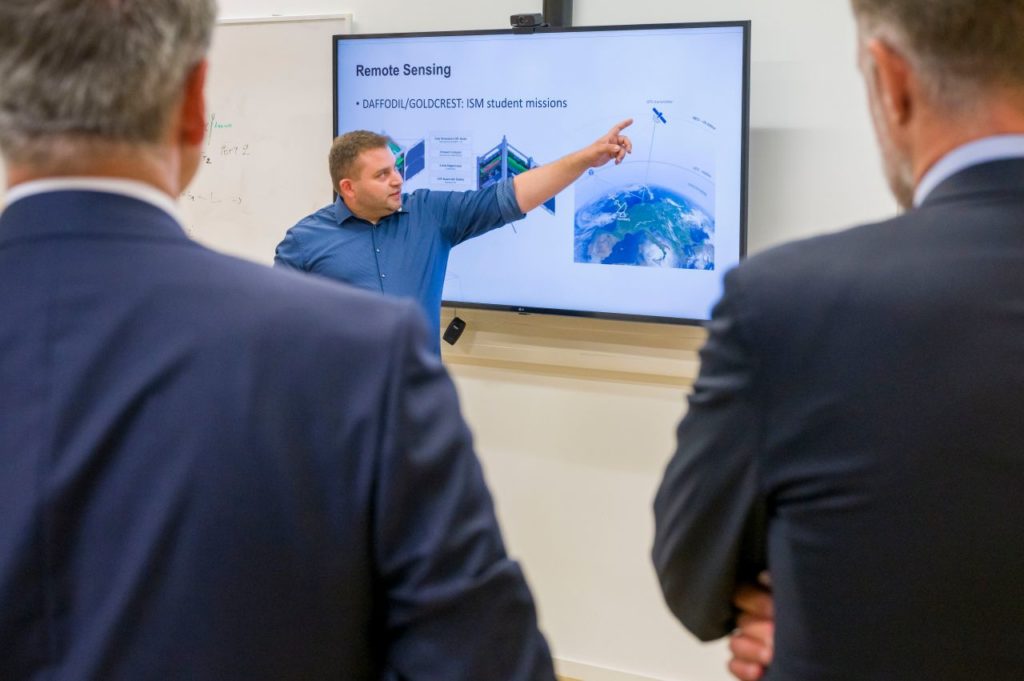
During my bachelor’s I thought about what I want to do and who I want to become afterwards. The only conclusion for me was to do a PhD and become a researcher.
Johannes Laur
Picture: ©SIP / Jean-Christophe Verhaegen
Then, he moved to the University of Southampton for his Master Thesis. This was the first time he performed research in the field of space missions; more specifically for the atmospheric re-entry. The topic was to design a low-temperature plasma device to investigate how to mitigate radio communication blackout during the last mission arc.
An interdisciplinary project by nature
Because it combines two engineering disciplines which are usually not connected (fluid mechanics and satellite communications), Johannes Laur’s research work is inherently interdisciplinary.
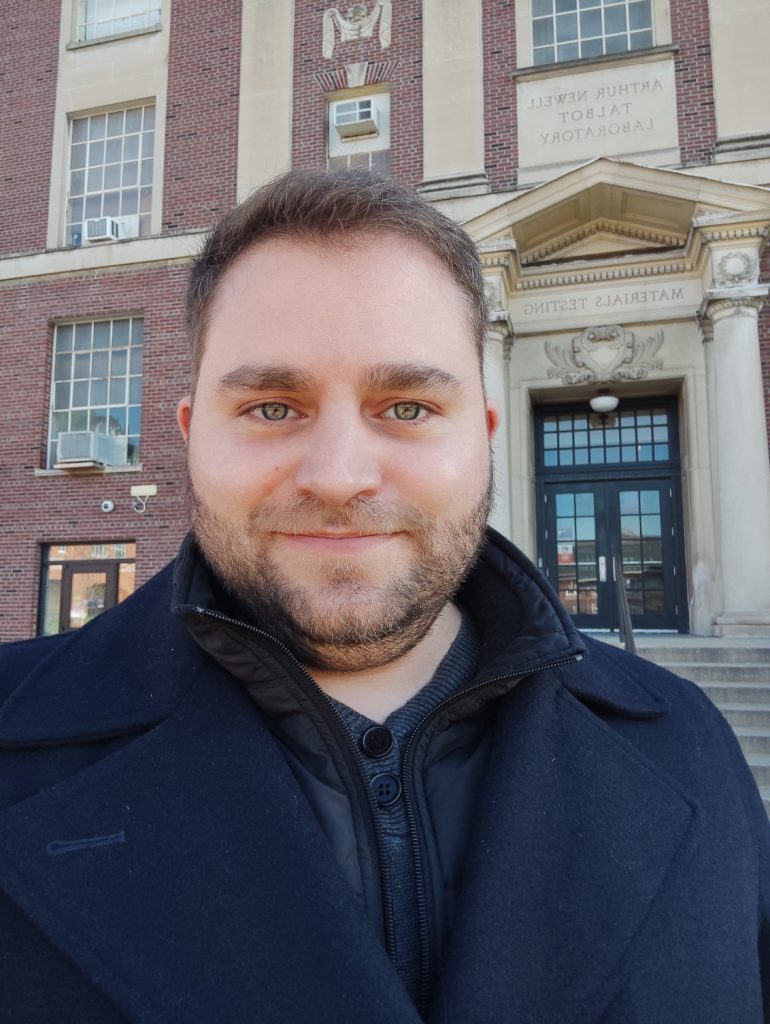
On the one hand I am working on plasma physics and on the other hand on radio communication, electromagnetic waves and their interaction with plasma and magnetic fields. Since we want to validate the code, we need to collaborate with experts in numerical fluid simulations and high enthalpy experiments. And we need experts do design the superconducting magnet and the cryocooling.
Johannes Laur
Moreover, he collaborates with all consortium members from the MEESST (Magnetohydrodynamic Enhanced Entry Systems for Space Transportation) which gathers 10 research institutes, companies, and universities (the University of Luxembourg, the University of Southampton, the University of Stuttgart, KU Leuven, KIT, VKI, Neutron Star Systems, Theva, Absolut Systems, and AEDS).
A very fast-growing research community
Johannes Laur heard about the rare research opportunity to work on atmospheric re-entry using ray tracing when he was in Southampton. He also saw the interdisciplinarity of the topic as a true advantage, being able to increase his knowledge and learn more in the engineering discipline of satellite communication.
As Luxembourg has made of space research and industry one its priority, Johannes’ research group grew from 4 to 10 people within the first year.
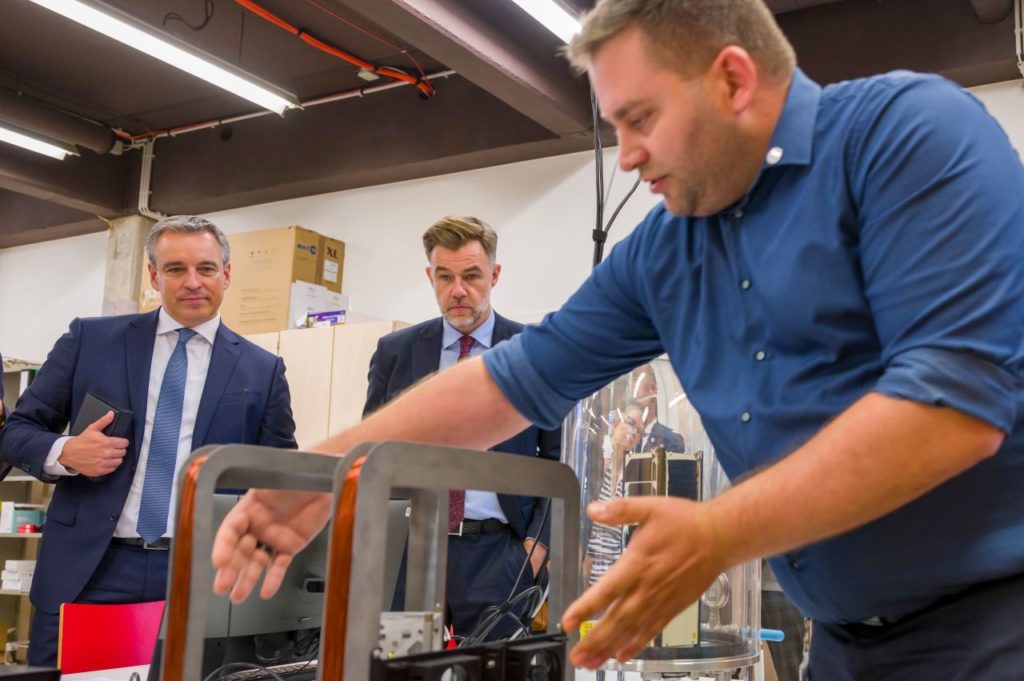
Picture: ©SIP / Jean-Christophe Verhaegen
A welcoming Luxembourg
Even sometimes Johannes finds it can be difficult not speaking French, Luxembourg is very multi-linguistic and one is fine with English.
He finds a very diverse place where people are very friendly.
Everyone is welcomed. My colleagues are very lovely, and I felt warmly welcomed right from the start.
Johannes Laur

